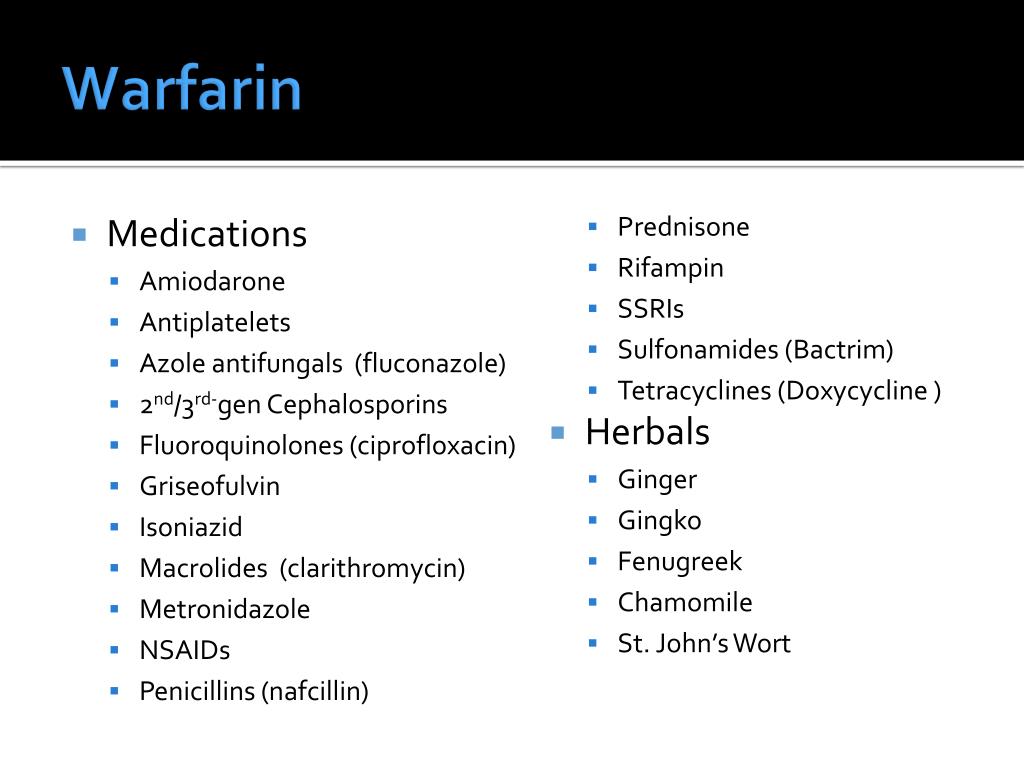

Some of these bleedings may be life-threatening and result in death. Although there may be serious bleedings due to warfarin overdose, no bleeding may also be seen in some clinical conditions.

In addition to the clinical condition of the patient, it is also important to revert the international normalized ratio (INR) level back within the normal range when treating warfarin overdose. Patients with various clinical conditions due to warfarin overdose present to emergency departments. Warfarin, a vitamin K antagonist, is a widely used medication in the treatment and prophylaxis of thromboembolic events. In addition to the known findings of warfarin overdose in these patients presenting to the emergency department, we think that the emergency department staff should suspect bladder rupture, which is a fatal complication in the presence of signs such as oliguria, haematuria, anuria, abdominal pain, and syncope. The patient was discharged on the 8th postoperative day without any complications. During the operation, a catheter was placed in the bladder, and the bladder mucosa and muscle were closed separately with a primary repair performed by a urologist. After the INR level was normalized with vitamin K and a prothrombin complex concentrate, the patient underwent surgery. Spontaneous bladder rupture secondary to warfarin overdose was considered for this patient who also had an international normalized ratio (INR) level of 13.4. From the ultrasound, retrograde cystography and computed tomography images, it was thought that there was blood accumulation due to bladder rupture to the intraperitoneal region. The patient had local bruises on his arms and legs.

The patient’s amount of urine was reduced, and he came to the hospital for the first time with this complaint. Case presentationĪ 77-year-old Caucasian male patient was admitted to the emergency department with abdominal pain, haematuria, and a reduced volume of urine lasting for three days. We present a case of spontaneous bladder rupture due to warfarin overdose that was unexpectedly seen in a patient using warfarin for coronary artery disease and arrhythmia. Warfarin overdose and related cases of spontaneous bladder rupture are not frequently observed in the literature.

Although there may be serious bleeding due to a warfarin overdose, no bleeding may also be seen in some clinical conditions. Warfarin, a vitamin K antagonist, is a widely used medication for the treatment and prophylaxis of thromboembolic events.


 0 kommentar(er)
0 kommentar(er)
